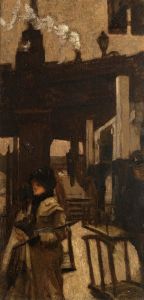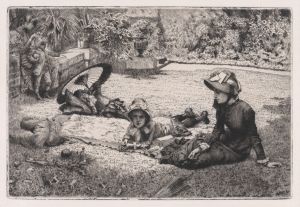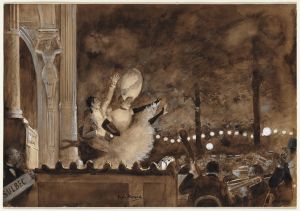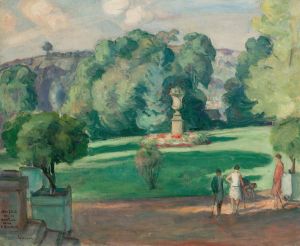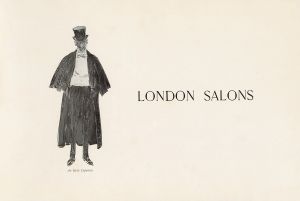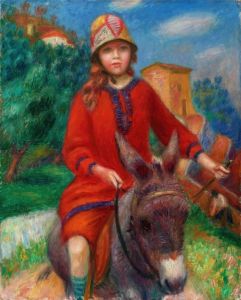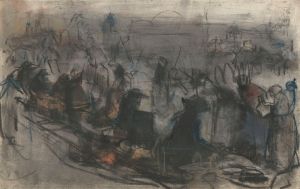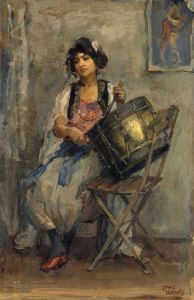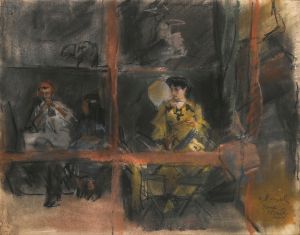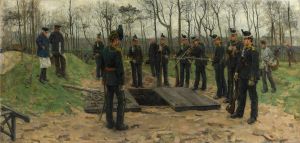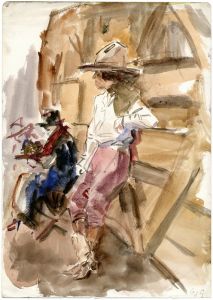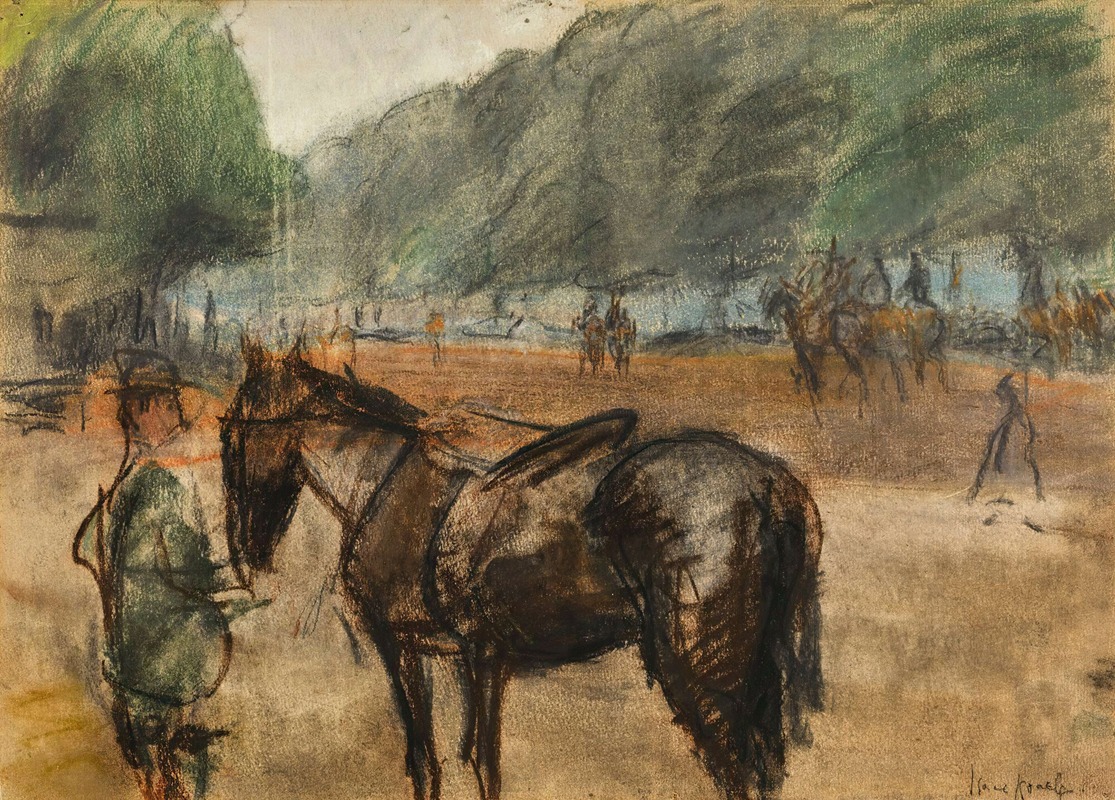
Rotten Row, Hyde Park
A hand-painted replica of Isaac Israëls’s masterpiece Rotten Row, Hyde Park, meticulously crafted by professional artists to capture the true essence of the original. Each piece is created with museum-quality canvas and rare mineral pigments, carefully painted by experienced artists with delicate brushstrokes and rich, layered colors to perfectly recreate the texture of the original artwork. Unlike machine-printed reproductions, this hand-painted version brings the painting to life, infused with the artist’s emotions and skill in every stroke. Whether for personal collection or home decoration, it instantly elevates the artistic atmosphere of any space.
Isaac Israëls was a prominent Dutch painter associated with the Amsterdam Impressionism movement. He was born on February 3, 1865, in Amsterdam, Netherlands, and was the son of the famous Hague School painter Jozef Israëls. Isaac Israëls developed his own distinctive style, characterized by loose brushwork and a keen interest in capturing the vibrancy of modern urban life. His works often depicted scenes of city streets, cafes, and parks, reflecting the dynamic and changing world of the late 19th and early 20th centuries.
"Rotten Row, Hyde Park" is one of Isaac Israëls' notable paintings, capturing a scene from Hyde Park in London. Rotten Row is a famous bridle path in Hyde Park, historically known as a fashionable place for the upper class to ride horses and socialize. The name "Rotten Row" is believed to be derived from the French "Route du Roi," meaning "King's Road." This path has been a significant part of London's social life since the 17th century.
In "Rotten Row, Hyde Park," Israëls portrays a lively scene filled with equestrians and pedestrians enjoying a day in the park. The painting exemplifies Israëls' impressionistic style, with its loose brushstrokes and vibrant use of color. The artist captures the movement and energy of the scene, focusing on the play of light and shadow, which is a hallmark of Impressionism. The painting reflects Israëls' ability to convey the atmosphere of a bustling urban environment, a theme that recurs throughout his body of work.
Isaac Israëls spent several years in London, where he was influenced by the city's dynamic life and the works of English artists. His time in London allowed him to explore new subjects and refine his technique, contributing to his development as an artist. "Rotten Row, Hyde Park" is a testament to his keen observational skills and his ability to capture the essence of a moment.
The painting is also significant as it showcases Israëls' interest in the social aspects of urban life. By choosing to depict Rotten Row, a place associated with leisure and social interaction, Israëls highlights the cultural and social dynamics of the time. His work provides insight into the lifestyle of the period, offering a glimpse into the world of the late 19th and early 20th centuries.
Isaac Israëls' works, including "Rotten Row, Hyde Park," are celebrated for their lively portrayal of modern life and their contribution to the Impressionist movement. His paintings are held in high regard and can be found in various museums and private collections worldwide. Israëls' ability to capture the spirit of his time continues to resonate with audiences, making his work an enduring part of art history.





